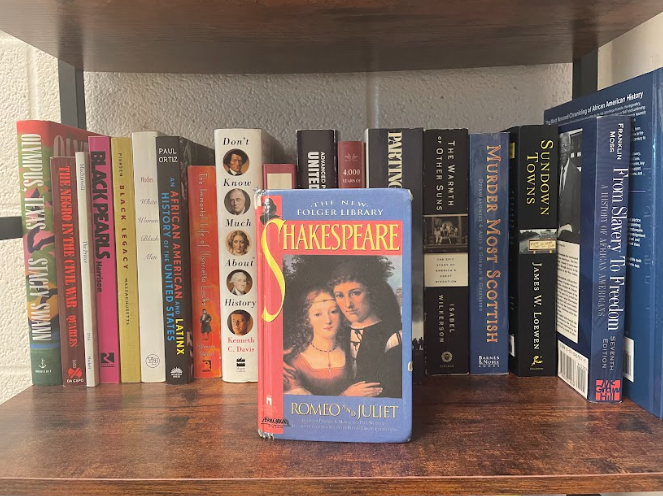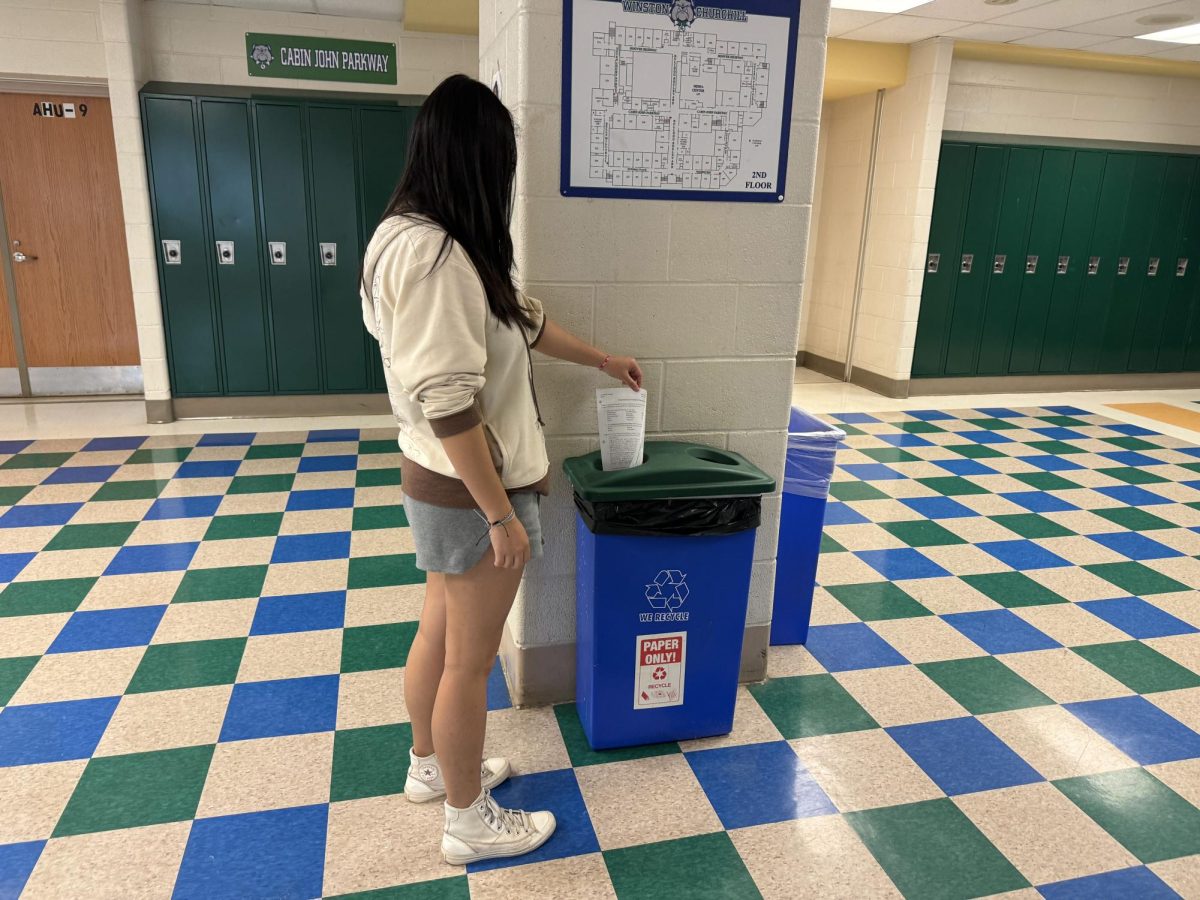In recent years the number of countries that have banned the hijab and niqab from schools and work places has risen significantly, causing many people to question the legality of these bans.
The hijab is a traditionally Islamic head scarf that only covers a woman’s hair and neck. The niqab covers the entire body, with the only opening being a slit for the eyes.
According to an Oct. 20 NPR article, one of the world’s most renowned centers of Sunni Islamic teaching in Egypt has banned its female students and teachers from wearing the full face and body niqab in classrooms and dormitories.
In the past, certain cultures have required women to cover their hair or body due to religious and cultural reasons. But in recent years, many people, including CHS students, have begun to view the wearing of the hijab and niqab as an individual choice.
“I wear [a hijab] to be modest,” sophomore Monique Ahmad said.
Today, with the world becoming more conscious of human rights, many people have decided that the niqab and hijab are not to be seen as symbols of religious faith. Instead, they are being viewed as forms of oppression.
The banning has become an international issue and in September 2004, France banned religious symbols and apparel in public schools, including the hijab.
“If [Muslims] want to wear [the hijab], they should be allowed to wear it because it’s not doing any harm to anyone else,” senior Tara Mobaraki sai
According to a Sept. 7 Canadian Broadcast Corporation article, France is home to about 5 million Muslims. Critics of France’s ban on hijabs view it as a violation of international laws concerning the right of freedom of expression and religion.
Many countries with a large Muslim population such as Egypt and France have sparked the trend of banning religious clothing, and other heavily Islamic areas have followed suit.
A Sept. 12 article from islamonline.net states that 700 Belgian schools are banning the hijab in classrooms. Two of these schools have argued that the Muslim girls are being pressured to wear the headscarf.
“I think [a ban is] wrong,” Ahmad said. “[People who wear hijabs] do it because we want to, not because we were forced to.”
Though there are no bans currently in effect in the U.S., protests have occurred in various countries and regions that have instituted a ban either directly on the hijab and niqab or on religious symbols and apparel as a whole.
“If Churchill were to ban hijabs I wouldn’t take it off,” Ahmad said. “I would protest.”







